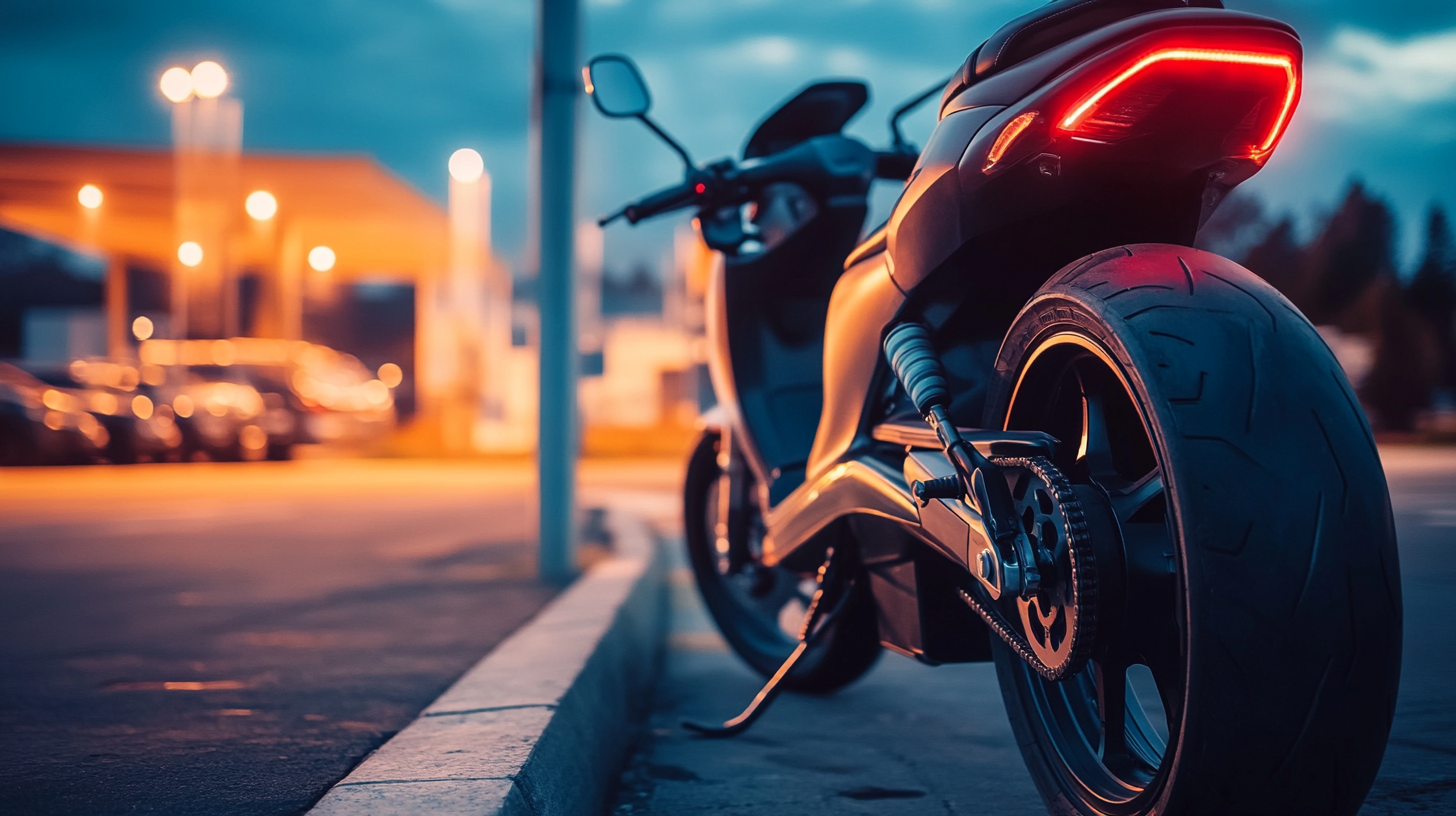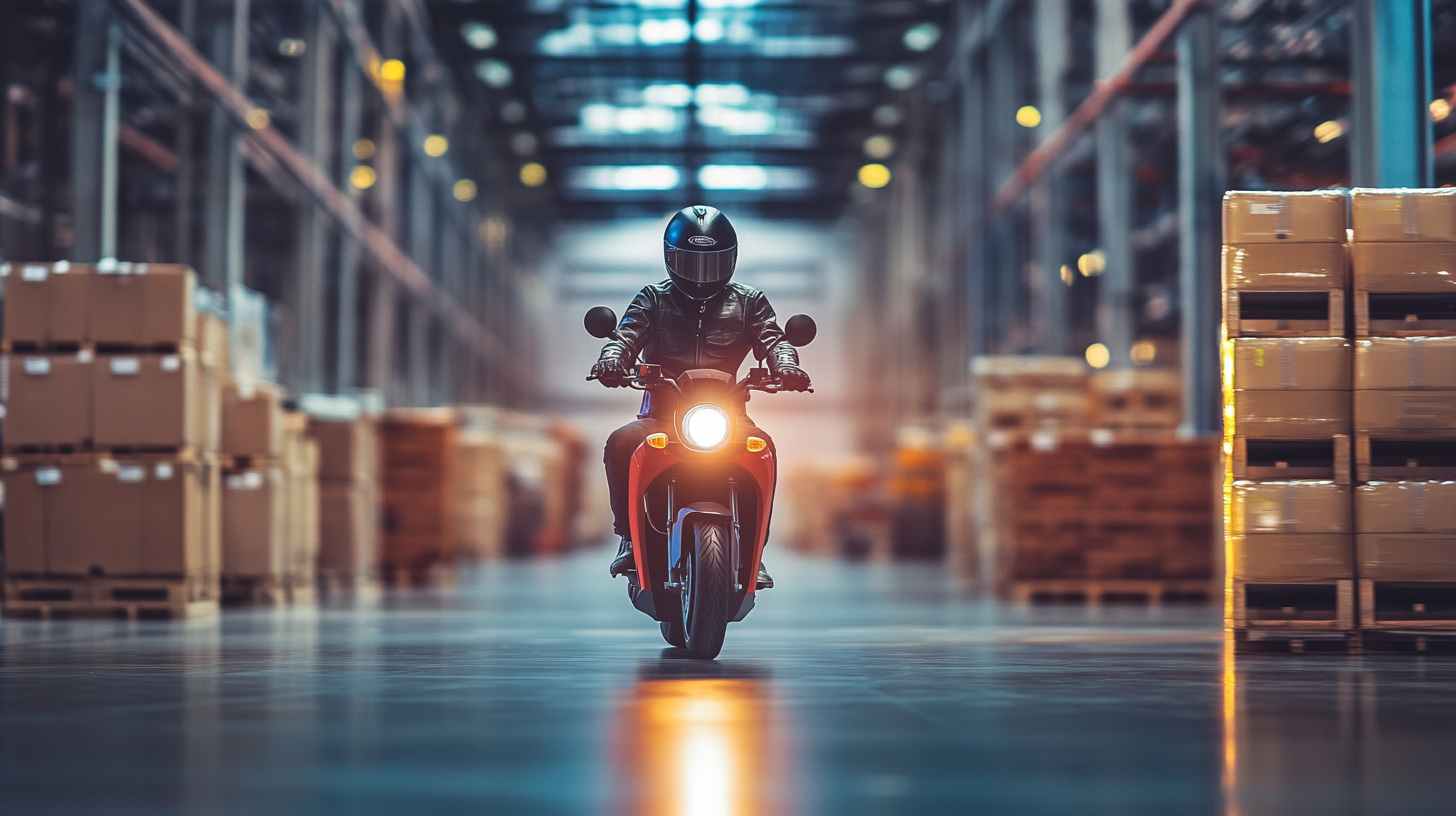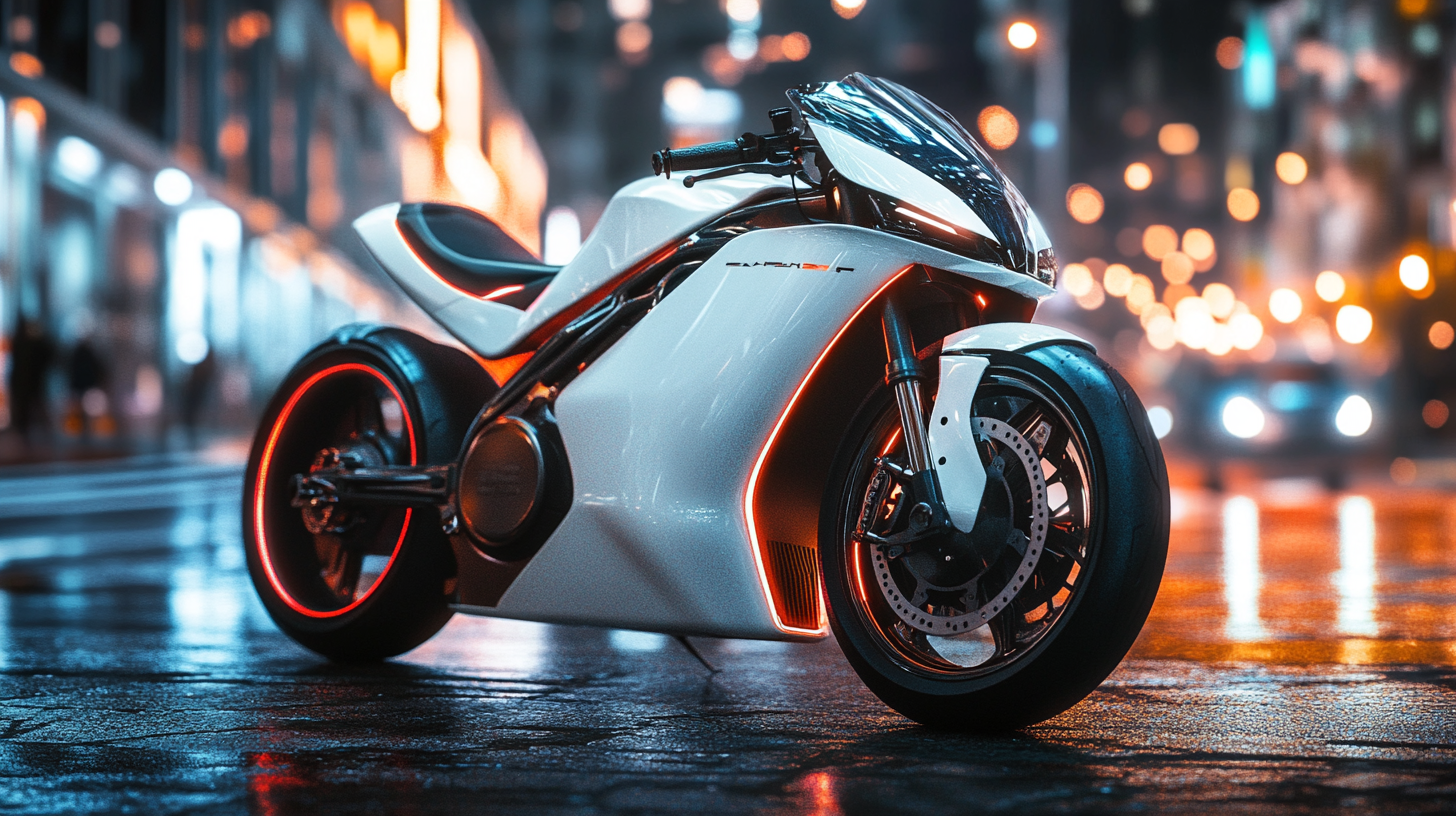The global market for electric motorcycles and scooters has witnessed unprecedented growth in recent years, driven by increasing urban congestion, environmental concerns, and advancements in battery technology. According to a report by Fortune Business Insights, the electric two-wheeler market is projected to reach USD 39.2 billion by 2028, growing at a CAGR of 7.9%. Major manufacturers are stepping up their production capabilities to meet the soaring demand for electric motorcycles and scooters, with leading brands innovating to enhance performance and reduce costs. The shift towards sustainable transportation and government incentives worldwide further accelerate this trend, as many countries aim to reduce carbon emissions and promote greener commuting solutions. As we explore the global export success of electric motorcycles and scooters from top manufacturers, it becomes clear that they are not just a niche market but a significant segment steering the future of urban mobility.

The global market for electric motorcycles and scooters is experiencing a remarkable surge, driven by increasing environmental concerns and the need for sustainable transportation solutions. As more urban areas implement stricter emissions regulations, consumers are gravitating towards electric alternatives that not only reduce their carbon footprints but also offer cost-effective mobility solutions. This shift is supported by advancements in battery technology, leading to longer ranges and shorter charging times, making electric two-wheelers more appealing to a broader audience.
Manufacturers are rising to the challenge, introducing an impressive array of electric models that cater to both performance enthusiasts and everyday commuters. Major brands are investing heavily in research and development to enhance their product offerings, incorporating features like smart connectivity and improved safety systems. As electric motorcycles and scooters gain popularity across diverse global markets, the industry's evolution holds promise for a future where clean, efficient transportation becomes the norm rather than the exception.

As the demand for sustainable transportation rises, leading manufacturers are making significant strides in the electric two-wheeler market. According to a recent report by ResearchAndMarkets, the electric motorcycle and scooter segment is set to grow at a compound annual growth rate (CAGR) of 7.5% between 2022 and 2030. Prominent players like Zero Motorcycles, Energica, and Vespa are spearheading this transformation, offering innovative solutions that cater to the needs of urban commuters and environmentally conscious riders.
Zero Motorcycles, for instance, has made headlines with its extensive range of electric bikes that boast impressive mileage and rapid charging capabilities. Meanwhile, European giant Vespa has tapped into the nostalgia of classic scooter designs while integrating modern electric technology. The global market for electric scooters alone is expected to reach over $30 billion by 2026, with manufacturers striving to enhance performance and affordability, as highlighted by the International Energy Agency (IEA). The collaboration between technology and design from these top players is not just driving sales but also significantly reducing carbon footprints, promising a greener future for urban mobility.
| Manufacturer | Country | Model Name | Export Volume (units) | Market Share (%) |
|---|---|---|---|---|
| Company A | USA | Model X | 5000 | 25% |
| Company B | China | Model Y | 8000 | 40% |
| Company C | Germany | Model Z | 3000 | 15% |
| Company D | India | Model Q | 4500 | 20% |
| Company E | Japan | Model R | 3500 | 10% |
The global surge in electric motorcycle and scooter exports can be largely attributed to innovative technologies that are reshaping the industry. Leading manufacturers are continually developing advanced battery systems that significantly enhance energy efficiency and range. These innovations not only address the environmental concerns associated with traditional combustion engines but also cater to the growing demand for sustainable urban mobility solutions. As battery technology improves, electric two-wheelers are becoming more appealing to consumers who seek convenience without compromising on performance.
In addition to battery advancements, smart connectivity features are playing a crucial role in the export success of electric motorcycles and scooters. Manufacturers are integrating IoT technology, allowing riders to access real-time data on vehicle performance, navigation, and even smart charging stations. This connectivity fosters a user-friendly experience, encouraging more riders to transition from conventional vehicles to electric options. Coupled with innovative designs that prioritize both functionality and aesthetics, these advancements solidify the position of electric motorcycles and scooters as the future of urban transportation.

The burgeoning popularity of electric scooters is reshaping urban transportation as consumers increasingly prioritize sustainability and efficiency. With rising environmental concerns and a push for greener alternatives, electric scooters have become the go-to option for city dwellers seeking to navigate congested streets. Data indicates that younger audiences, especially millennials and Gen Z, are leading the charge in adopting these eco-friendly vehicles. Their preferences are strongly influenced by factors such as convenience, affordability, and a desire to contribute positively to the environment.
Moreover, advancements in technology and design have significantly enhanced consumer appeal. Top manufacturers are responding to trends by focusing on features that matter most to riders, such as longer battery life, faster charging times, and improved safety measures. Personalization is also gaining traction, as consumers enjoy customizing their rides to reflect their individual styles. As these manufacturers adapt to evolving tastes, the electric scooter market is expected to see continued growth and innovation, driven by a dynamic interplay between consumer demands and technological advancements.
This chart displays the global export success of electric motorcycles and scooters over the past few years. The data indicates a significant upward trend, reflecting consumer preferences and the growing demand for electric mobility solutions.
The global electric two-wheeler industry is witnessing rapid growth, shaped by both challenges and opportunities that manufacturers must navigate. According to the International Energy Agency (IEA), electric motorcycle and scooter sales reached approximately 20 million units in 2022, reflecting a year-on-year growth of over 30%. This surge is driven by increasing urban mobility needs, rising fuel prices, and growing awareness of environmental issues. However, the industry faces significant hurdles, including inadequate charging infrastructure and high battery costs, which can deter potential consumers from making the switch to electric.
Moreover, geopolitical factors and trade policies can create uncertainties for manufacturers looking to expand their global reach. Recent trade tensions have highlighted the need for companies to build resilient supply chains. Nevertheless, companies that can leverage advancements in battery technology stand to gain a competitive edge. For instance, a report by BloombergNEF estimates that battery prices could drop by 50% over the next decade, making electric two-wheelers more accessible to a broader audience. This perfect storm of urgency and opportunity makes the electric motorcycle and scooter market a ripe area for investment and innovation in the coming years.
